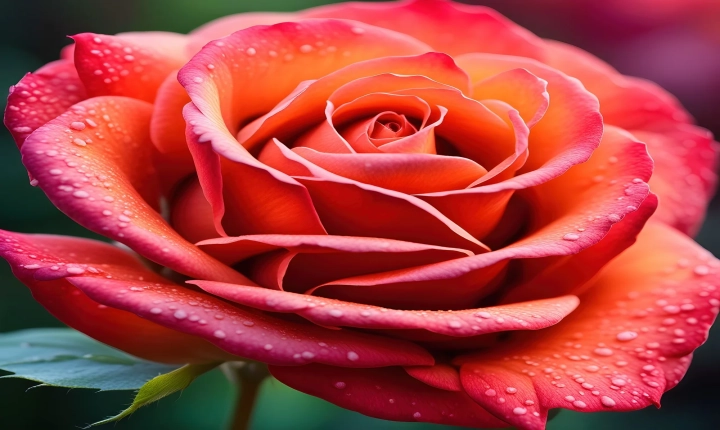Title: Can I Use AI-Generated Art Commercially?
In the ever-evolving landscape of art and technology, the rise of artificial intelligence has sparked new discussions and opportunities within the creative industry. AI-generated art, often created by algorithms and machine learning systems, has opened doors to a plethora of possibilities for artists, creators, and businesses alike. However, the question of whether AI-generated art can be used commercially is a complex and multi-faceted issue that requires careful consideration.
First and foremost, it’s crucial to understand the legal and ethical implications surrounding the use of AI-generated art for commercial purposes. When an AI system generates a piece of art, the question of ownership arises. In most jurisdictions, the creator of a work is the legal owner of the copyright, but with AI-generated art, it’s not entirely clear who the legal creator is. This ambiguity has prompted debates around the world, and lawmakers are working to establish guidelines and laws that address this emerging issue.
In addition to the legal aspect, the ethical considerations of using AI-generated art commercially must also be taken into account. Some argue that using AI-generated art without the explicit consent of the original creators, whether human or machine, could be seen as ethically questionable. It brings to light the question of fair compensation, recognition, and respect for the creative process, regardless of whether it was carried out by a human or AI.
Furthermore, the quality and originality of AI-generated art must be scrutinized before considering its commercial use. While AI has the capacity to produce impressive and innovative artworks, there’s a balance to be struck between acknowledging the creative potential of these systems and ensuring that the resulting art maintains a degree of uniqueness and artistic integrity. This is particularly important in the context of commercial use, as consumers and businesses are looking for art that resonates with a specific brand or message.
Despite the challenges and uncertainties surrounding the use of AI-generated art commercially, there are potential benefits and opportunities to explore. AI-generated art has the potential to enhance and inspire creative projects, marketing campaigns, and branding strategies. It can offer a fresh perspective, push the boundaries of traditional art forms, and bring a unique flair to various commercial endeavors.
To navigate the landscape of using AI-generated art commercially, businesses and individuals should consider a few key points. Firstly, it’s essential to stay informed about the legal and ethical developments in this area, as laws and regulations continue to evolve. Seeking the guidance of legal professionals with expertise in intellectual property and technology law can provide valuable insights and mitigate potential risks.
Secondly, fostering open dialogue and collaboration with AI creators, artists, and the broader creative community is pivotal. Establishing transparent and fair agreements, giving proper attribution, and compensating creators appropriately can help build trust and promote ethical practices within the industry.
Lastly, businesses should leverage AI-generated art thoughtfully and strategically, employing it in ways that align with their brand, values, and overall creative vision. By treating AI-generated art as a valuable tool for innovation, businesses can harness its potential to enrich their commercial endeavors while acknowledging and respecting the creative process behind it.
In conclusion, the commercial use of AI-generated art is a complex and thought-provoking subject that requires a careful and balanced approach. As technology continues to advance and reshape the creative landscape, it’s crucial for businesses and creators to stay informed, engage in ethical discussions, and leverage AI-generated art responsibly to amplify their artistic endeavors.
By embracing a collaborative and respectful approach, businesses and creators can harness the power of AI-generated art to expand their creative horizons and connect with audiences in meaningful and authentic ways. As the conversation around this topic continues to unfold, it’s essential to uphold ethical and legal standards while embracing the innovative potential that AI-generated art has to offer.
